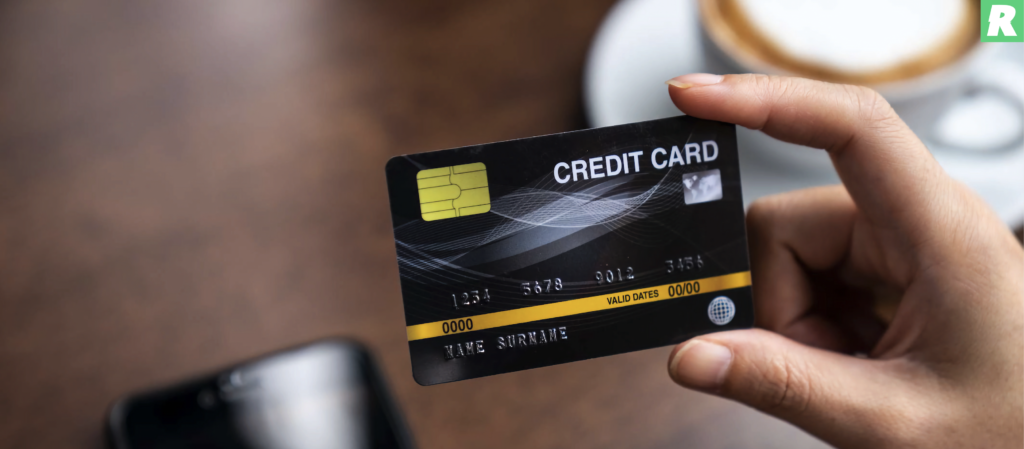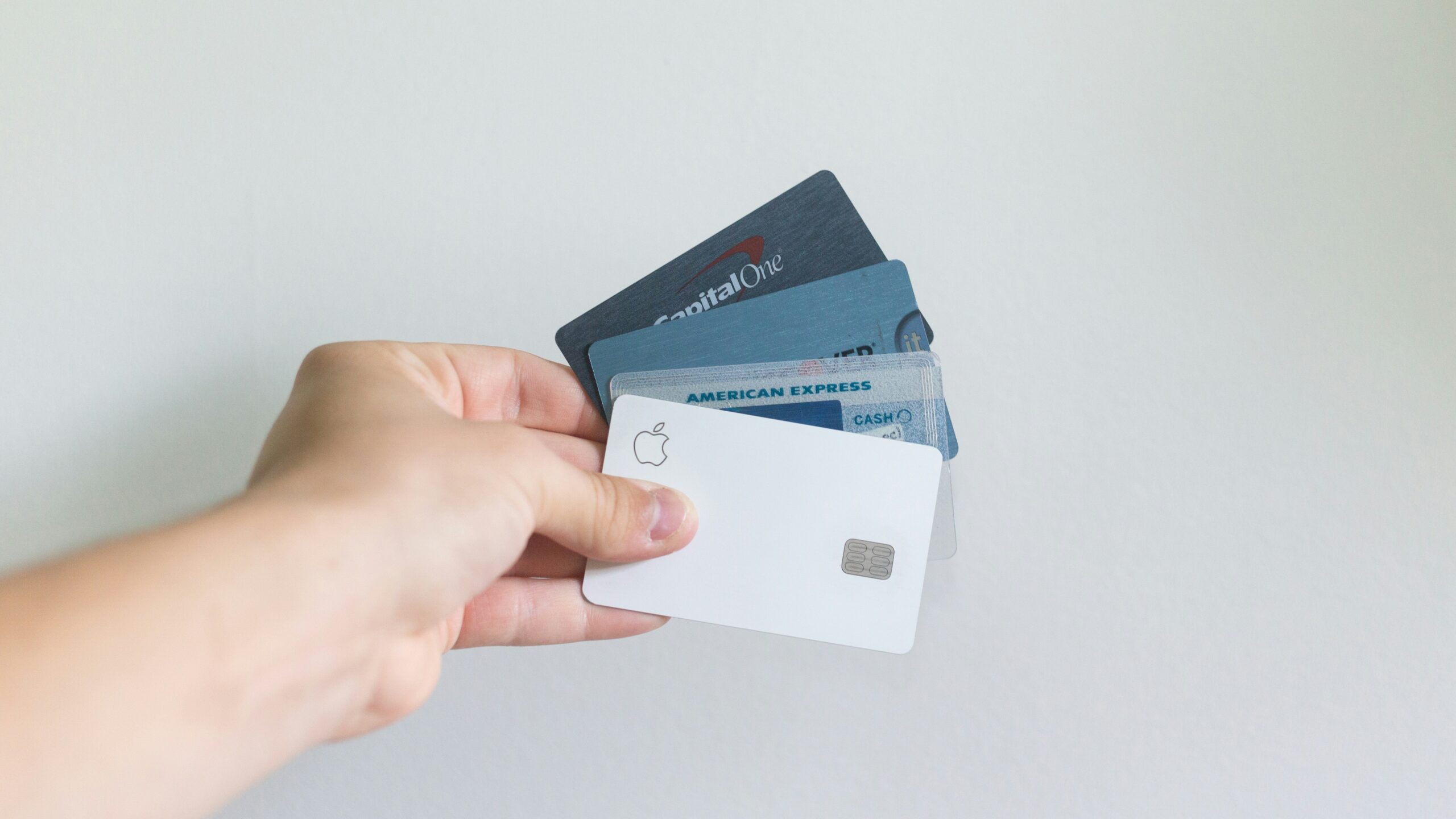Want to Pay a Friend with a Credit Card?
In today’s digital age, transferring money has become easier and more convenient than ever before. Whether you owe a friend for dinner, splitting utility bills, or reimbursing someone for concert tickets, sending money with a credit card is a seamless solution. With the proliferation of digital payment platforms, you can now settle debts with just a few clicks, making the age-old excuse “I don’t have cash” obsolete. In this article, we, at The Insider’s Views, guide you on how to pay a friend with a credit card, ensuring both safety and convenience.
Understanding the Basics of Credit Card Payments
Credit card payments, also known as peer-to-peer payments, allow you to transfer money directly from your credit card account to someone else’s. Most major credit card companies offer this service, enabling you to send funds electronically without the hassle of cash transactions. These payments can be made via various platforms, including banking apps, payment apps, and online money transfer services.
Choosing the Right Platform
When it comes to paying friends with a credit card, choosing the right platform is crucial. Opt for a trusted and secure payment service that offers seamless transactions. Popular platforms like PayPal, Venmo, and Cash App provide user-friendly interfaces, making it easy to link your credit card and transfer funds. Additionally, these platforms offer robust security measures, ensuring your financial information remains protected.
Linking Your Credit Card
Before initiating a credit card payment, you’ll need to link your credit card to the chosen payment platform. This typically involves entering your credit card details, including the card number, expiration date, and security code. Once your card is linked, you can use it to send money to your friends or family members. Always double-check the accuracy of the entered information to avoid payment issues
Making a Payment
Sending money via credit card is remarkably straightforward. After linking your card, enter the recipient’s email address or phone number, specify the amount you want to send, and confirm the transaction. Some platforms also allow you to add a note, providing context for the payment. Once confirmed, the funds are instantly transferred to the recipient’s account, making it a quick and hassle-free process.
There are several advantages to using credit cards for peer-to-peer payments:
- Convenience: Credit card payments can be made anytime, anywhere, as long as you have an internet connection. This convenience ensures you can settle debts promptly, without the need for physical cash.
- Rewards and Cashback: Many credit cards offer rewards programs and cashback incentives for transactions. By using your credit card for peer-to-peer payments, you can earn valuable rewards, making your transactions even more beneficial.
- Security: Credit card transactions are protected by robust security measures, including encryption and fraud detection. This added layer of security ensures your financial information remains confidential and safe from unauthorized access.
- Record Keeping: Credit card statements provide a detailed record of your transactions, making it easy to track payments and manage your finances effectively.
Conclusion
Paying a friend with a credit card is a convenient and secure way to settle debts in the digital age. By choosing the right platform, linking your credit card, and following the simple steps outlined above, you can effortlessly transfer money to friends and family members. Embrace the ease of digital payments and enjoy a hassle-free way to manage your finances.







